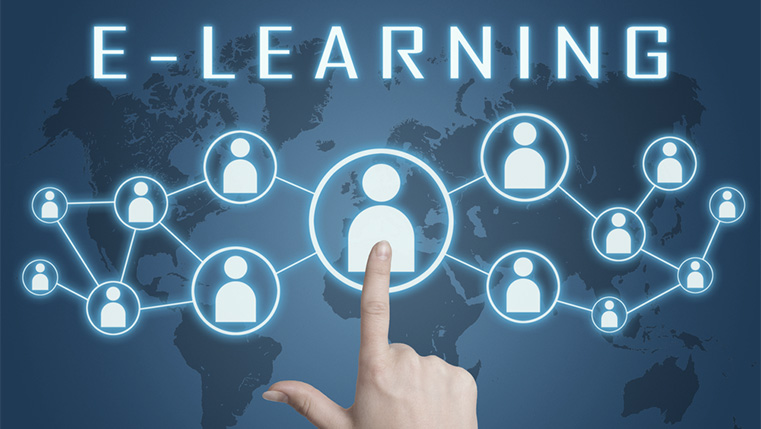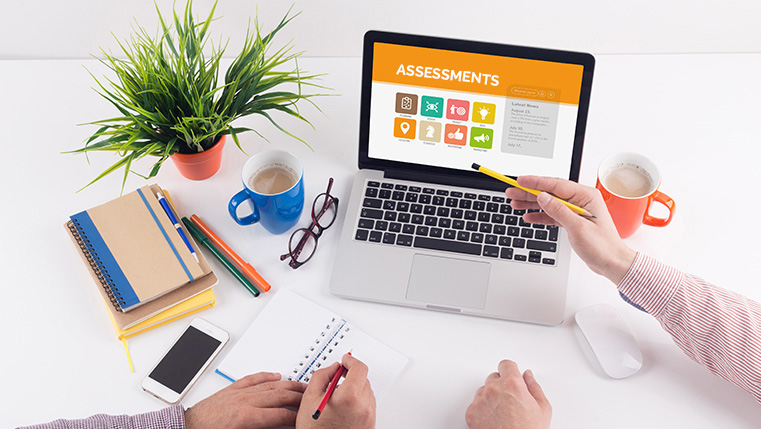Absolute Basics You Need to Know When Considering E-learning for Your Organization
Organizations are looking for ways to use their training budgets efficiently. Let’s see what the basics to consider for eLearning in organizations.

Organizations are looking for ways to maximize or use their training budgets efficiently. However, most organizations still use traditional methods of training their employees. What are the demands of such types of training?
- It requires the presence of an Instructor, who has high expertise in that domain.
- If the organization has branches located in multiple locations, then the trainer has to spend time travelling and conducting training sessions in different locations.
- All employees, who will undergo training, have to allocate predetermined time for classroom training. It might involve rescheduling their core responsibilities to comply with the training schedule.
There is a felt need by organizations to reduce the huge costs associated with conducting Instructor Led training. One way of doing this is by investing in infrastructure that helps them to migrate from the traditional method of classroom training to Hi-Tech training, that is, eLearning.
So what are the ways one can implement eLearning in an organization? Before moving forward let’s see what is eLearning?
What is eLearning?
E-learning could be defined as an effective learning system that is intended to address these limitations of classroom training efficiently and effectively. It focuses on training as well as facilitating self-paced practicing for people with different learning requirements.
Furthermore, as learning can be accessed anytime, anywhere via online access, eLearning overcomes the barriers of time and place, offering more power of flexibility to people.
There are two ways an organization can initiate eLearning.
- Synchronous training and
- Asynchronous training
Synchronous training
Synchronous education involves a onetime setup of Camera, built-in classroom for broadcasting what a trainer teaches learners at different geographical locations simultaneously. All students will be able to hear the voice of the instructor and the presentation, ask questions and get responses spontaneously. Although this type of training has a constraint of time zone variation, it is the most commonly used method in academic type programs like distance learning programs.
Asynchronous training
Asynchronous eLearning is the most common type of training, which organizations now days use. It provides 24/7 access to all employees. This will provide the just-in-time, on-demand learning experience. Asynchronous eLearning will not have time zone constraints and learners can complete the courses according to their convenience.
If you choose synchronous education, it may not be required to convert your existing ILT material, whereas in asynchronous learning, you should convert your existing ILT materials into a highly engaging and interactive online training module.
How as a training manager should you convert your existing training materials to eLearning? What is the process to convert ILT materials?
Most of the organizations already have well-organized ILT programs to address their organization-wide training needs. Most of them are supported with instructionally sound training material. All they need to do is to convert this existing training material into online eLearning with little tweaking as required.
Mistakes done by organizations when migrating to eLearning
Organizations can make mistakes in the way they approach process of migrating to eLearning.
- Some tend to ignore the vast repository of training material that already exists in their organization. They go on to build the eLearning content from the very beginning. This is a real waste of time and resources.
- Some others take the totally opposite approach. They assume that since they have the classroom training material in the form of PPTs or manuals, these can be automatically converted to eLearning with the help of any rapid authoring tools. This too is a mistake because classroom training material does not automatically qualify as eLearning ready material.
Both these approaches are wrong. Classroom training material is a great resource that you can’t ignore when developing eLearning courses. However, the content needs to be vetted by learning design professionals, who will use learning principles, evaluate learners’ needs and learning objectives and chalk out a framework for developing eLearning content that works in an online medium.
Stay tuned! In my next blog, I will discuss traditional and rapid eLearning methods and when to use them when creating asynchronous training materials. Please do post your comments to keep me motivating. Happy reading!





